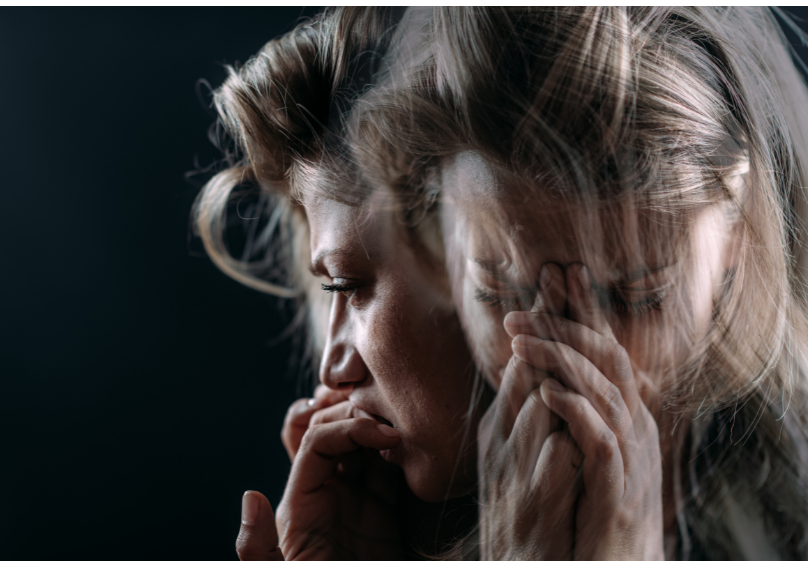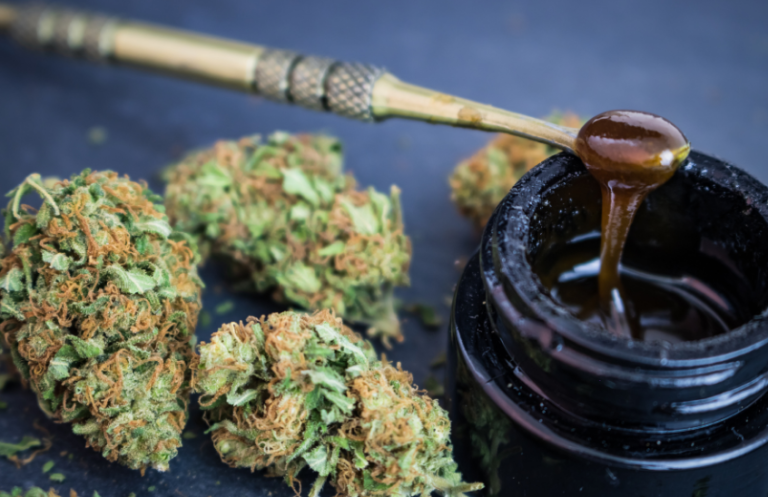A long-lasting, psychedelic drug, LSD is an acronym for lysergic acid diethylamide. LSD has the ability to distort and alter sensations and perceptions. It is one of the strongest mood-changing substances known to man. Lasting up to 12 hours, it causes your mind to create marked misinterpretations of reality.
A Schedule I drug, LSD is more commonly known by the name Acid. LSD may be sold in the form of tablets, capsules, or liquids. Also, it is sometimes applied to little squares of paper, which are known as “blotter acid.” It is taken by mouth, in any case.
What Happens When You Take LSD?
According to scientists, LSD works by disrupting serotonin receptors in the brain. As a result, you experience vivid hallucinations. When you use LSD, you see, hear and feel things that aren’t really there. Along with this, you may experience quick and intense emotional changes. For example, you may be having a great time when all of a sudden, your experience turns South. This makes the drug an extremely unpredictable one.
Here are some of the most commonly-experienced side effects of LSD use:
- Feeling many different emotions at the same time
- Quick mood changes
- Dramatic changes in feelings and sensations
- Altered sense of time
- Altered sense of self
- Crossover senses, such as seeing sound and hearing colors
Seeing the world in this way can cause some people to start panicking. For example, some have fearful thoughts, are afraid of going crazy or losing control, feel sad or become afraid of dying. Someone feeling this way is categorized as having a “bad trip.”
“Dropping acid” makes you lose your appetite, not want to sleep, develop tremors, have a dry mouth and feel nauseous.
Do you suspect that someone you love has been using LSD? Here are some common signs:
- Showing paranoia or anxiety
- Making strange comments
- Having convulsions
- Dilated pupils
- Flushed Skin
- An increase in body temperature
- Hallucinations
- Being disoriented
- Having paraphernalia such as blotter paper, sugar cubes or tablets
- Speaking incoherently or rambling on
- Poor appetite
It is also possible to overdose on LSD. Symptoms of an overdose include psychosis, seizures, delusions and panic attacks. Contact emergency services immediately if you suspect that someone you know has overdosed on it.
The History of LSD
- (1930s) You may be surprised to know that this unusual drug has its roots in the late 1930’s. LSD was first synthesized by a Swiss scientist named Albert Hofmann. While working with a chemical found in a fungus that grows on rye, Hofmann first developed LSD.
- (1940s) It wasn’t until 1943 when Hofmann discovered that it contained hallucinogenic effects. He accidentally ingested a tiny amount and began to see vivid colors and extraordinary shapes. Three days after that, he purposely took a larger dose of LSD, and rode home on his bicycle. This marked the world’s first acid trip that was taken intentionally.
- (1950s-1960s) LSD went on to be used by the CIA during the Cold War to conduct mind control and information-gathering experiments. They called it Project MK-Ultra. During the 1950s and 1960s, the CIA experimented with LSD on volunteers and other subjects to see if it could be used as a psychological weapon. This was before LSD was declared too unpredictable to be used in this manner. After knowledge of their mission became public, several lawsuits resulted as well as a congressional investigation.
- (1960s) One of the volunteers in Project MK-Ultra, named Ken Kesey, author of One Flew Over the Cuckoo’s Nest decided to go on and promote the use of LSD. He and his group of followers were known as Kesey and the Merry Pranksters. They threw parties in the San Francisco Bay area where everyone that attended took LSD. Kesey named these events “Acid Tests.” As time went on, LSD became a representation of the 1960’s culture, making its way regularly into parties and music festivals.
- (1960’s) Harvard University psychology professors Timothy Leary and Richard Alpert gave their students LSD and psychedelic mushrooms in order to conduct a series of experiments in the early 1960’s, where they documented the effects of the drugs on their students. However, they were also high on LSD while they did so. After being dismissed from Harvard, Leary went on to establish a psychedelic religion based on LSD use. He coined the phrase, “tune in, turn on, drop out.”
- (1968) The United States Federal Government outlawed LSD.
Who Uses LSD Psychedelics Today?
Although the popularity of LSD isn’t what it was in the 1960s, it still has a presence on the streets. According to the National Household Survey on Drug Abuse, an estimated 20.2 million people living in the United States that are 12 or older have used LSD at least once in their life. It’s not only adults who tried acid when they were young, either. The survey showed that many teenagers and young adults use LSD, to the tune of 4.5 million people between the ages of 18 and 25.
Long-Term Effects of LSD Use
The main problem you need to worry about if you have taken LSD is the potential for flashbacks down the road. Known as hallucinogen persisting perception disorder, flashbacks can show up months or even a year or more after you have taken the acid. What happens is you suddenly re-experience the feelings or sensations of an earlier trip. You may see visual trails coming off of lights, or start seeing things that aren’t really there.
Seek Out Help From Asheville Detox
Do you or someone you know have a problem with abusing LSD or other psychedelics? We at Asheville Detox are here to help you overcome your addiction, no matter what your drug of choice is. We understand how tempting it can be to tune out of reality from time to time. However, compromising your mental health is simply not worth it. Contact us today and we will help bring you back in touch with your true self.








